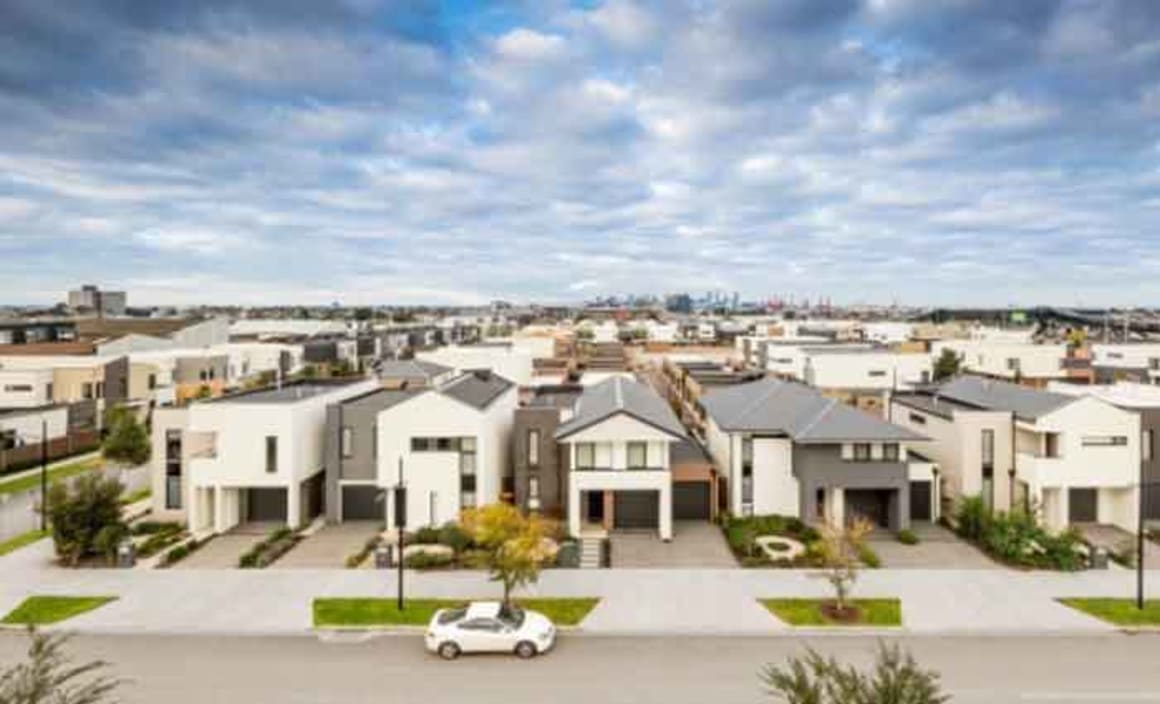Urban infill developments could slow urban sprawl

Urban infill developments have the potential to slow urban sprawl and meet the demands of population growth, according to Cedar Woods Properties.
Patrick Archer, Cedar Woods’ state manager said by integrating a range of housing typologies and open spaces, urban infill projects work to create a sense of place and foster community relationships.
“We’re actually achieving about five times the density of the average suburb, but the difference is it’s not in a static high rise apartment,” he said.
“Usually it’s big houses or tiny apartments, but we’ve really focused on a model that includes a range of typologies, achieving densities of between 40 and 50 dwellings a hectare.
“It’s our intention not to detract from these established suburbs, but to add to these communities with a variety of housing typologies that’s appealing and complements the existing architectural character.
“Urban infill sites facilitate this innovation, allowing more people to live in an established and sought-after suburbs close to their work, schools, open spaces and amenities.
"At Jackson Green in Clayton South for example, a mix of detached, semi-attached, attached and townhouses are complemented by 170 apartments ranging from 50 square metre one-bedrooms to four-bedroom family town homes of up to 225 square metres."
Such infill developments include Camberwell in the city’s east, Footscray in the west, and Clayton South in the south east.